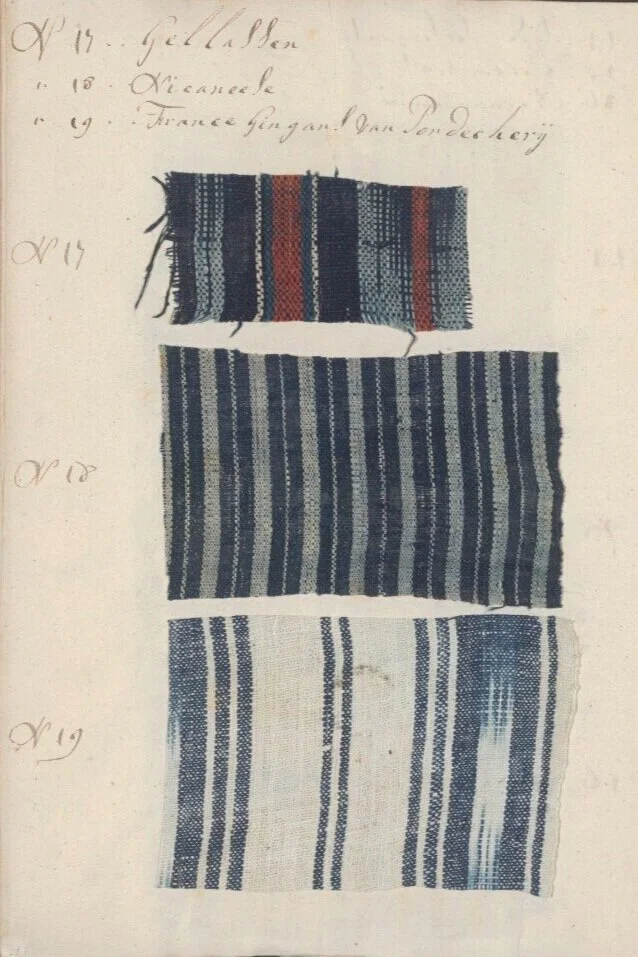Before Central Park
Reviewed by Kara Murphy Schlichting
Before Central Park is Sara Cedar Miller’s fourth publication about New York City’s famous greensward. Miller is historian emerita and, since 1984, a photographer for the Central Park Conservancy. Before Central Park is distinctive in its combination of Miller’s photography, her expert understanding of the park’s geography and archeology, and her meticulous real estate history of parkland from the 17th through the 19th centuries.
Read More


